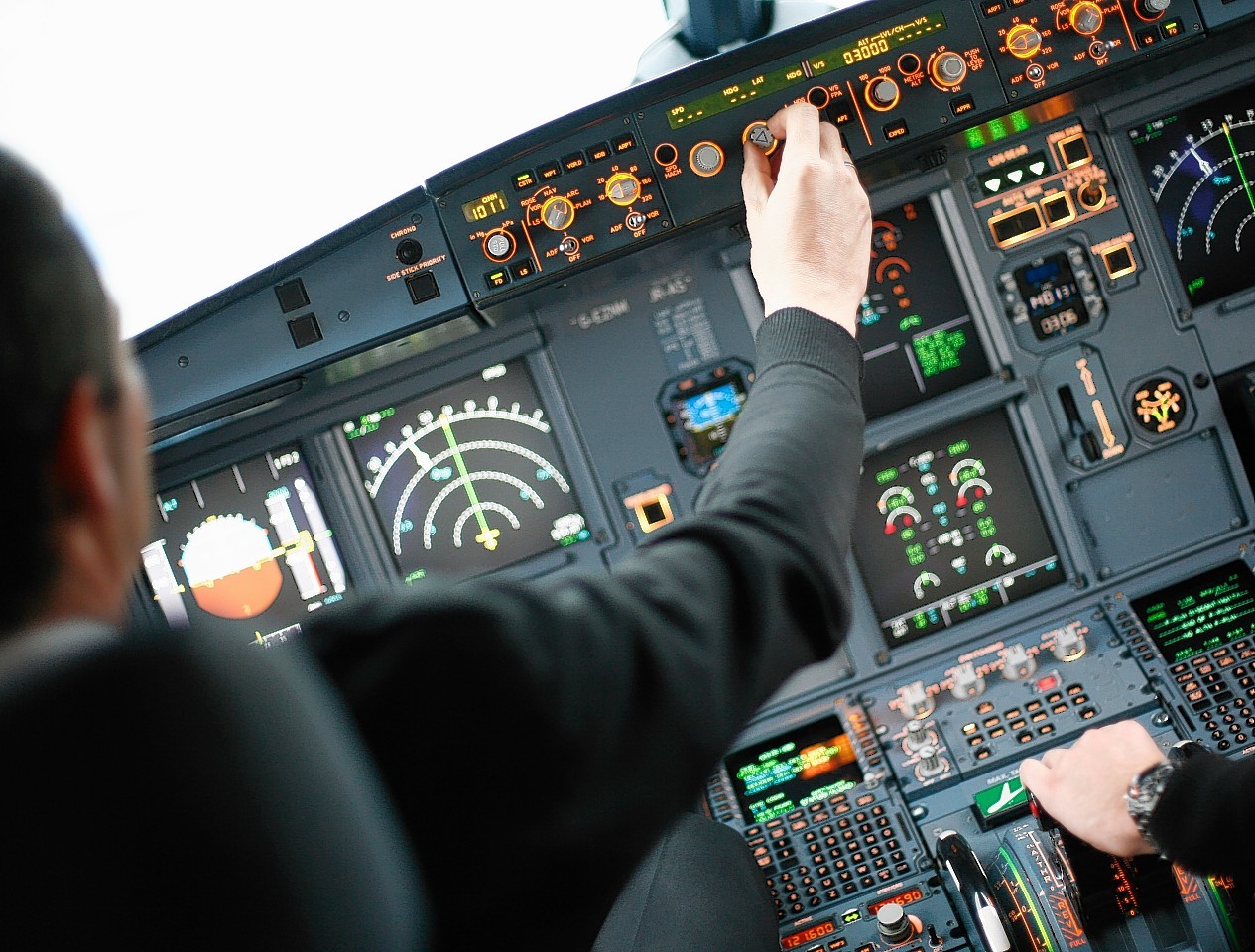European airlines have a year to prepare for new rules governing the amount of time pilots are on duty after a survey of more than 6,000 of them revealed shocking levels of fatigue in the cockpit.
From February 18 at the latest, carriers across the continent will have to apply new flight time limits (FTL) for their pilots and cabin crew.
The new rules – developed by the European Aviation Safety Agency (EASA) – include minimum rests at least as long as the preceding duty period or 12 hours, whichever is the greater, before all flights from home base.
Two unions, the European Cockpit Association (ECA) and European Transport Workers’ Federation, backed the changes.
But UK pilots’ organisation Balpa opposed them, claiming they could actually make flying more dangerous.
Balpa warned they could see pilots working double the number of early starts in a row, compared to current UK standards.
It also said crew could end up on duty 15% more over two weeks, flying longer at night than scientists say is safe and potentially and aircraft having been awake for more than 22 hours.
Pilot fatigue has been blamed for air accidents and near misses, including an incident in 2013 when both crew in the cockpit of an Airbus passenger plane fell asleep while on duty.
Two pilots were sleeping, leaving a junior crew member at the helm, when an Air France plane plummeted into the Atlantic on its way from Rio De Janeiro to Paris in 2009.
Research by ECA, which represents more than 38,000 European pilots in 37 countries, found more than 50% of pilots surveyed had experienced fatigue bad enough to “impair their ability to perform well while on flight duty”.
More than two-fifths (43%) of UK pilots reported falling asleep involuntarily in the cockpit while flying.
One-third of the UK pilots had woken up to find their co-pilots sleeping as well.
Overall, more than one-third of all pilots had fallen asleep in the cockpit without agreeing this with their colleague in advance.
Didier Moraine, chairman of ECA’s FTL working group and a pilot himself, said: “EASA’s new pilot fatigue rules are a necessary and important safety net to ensure no single air operator starts to compete on the basis of safety, instead of its product and service,”
ECA has just launched an online calculator to help crew, airlines and others to work out what is legal and what is not.
